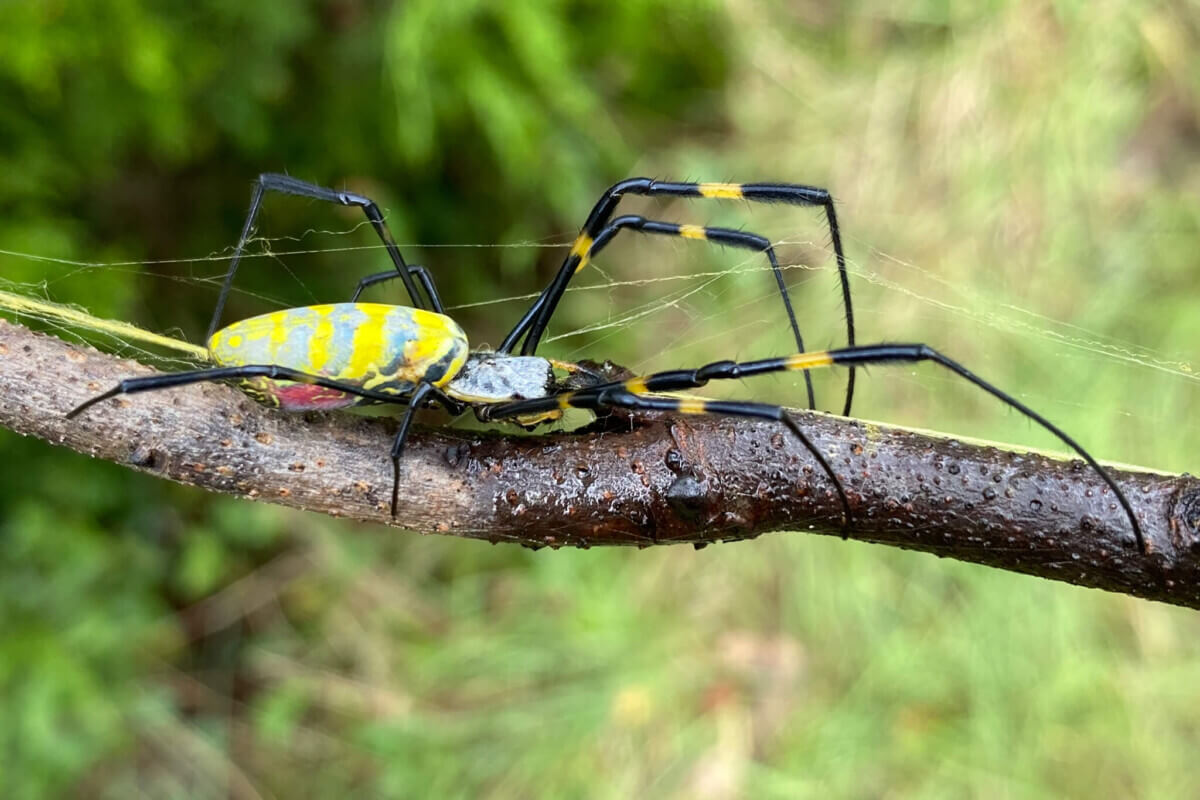
A female Joro spider crawls across a branch. (Credit: UGA/Submitted Photo)
Experts say ‘fear-mongering' headlines by top news sites are spreading wrong message about these ‘gentle giants'
Many mainstream media outlets are abuzz with completely ridiculous headlines about Joro spiders invading major cities this summer. Let's set the record straight about these large, colorful arachnids that are quite harmless to humans and pets. Experts want you to know that these spiders, while large and creepy-looking, are actually so scared of you that they'll likely play dead and stay that way well after you run away from them in fear.
As is the case so often with trending stories, don't believe the hype when it comes to the media reports that multiply like bunnies. We're seeing an incredible influx of stories with headlines that are seemingly intended to make you frightened by Joro spiders, rather than take the more journalistic approach that would explain why you really shouldn't be worried at all. CBS News, USA Today, and Newsweek, for example, are all referring to them as “giant venomous flying spiders,” making it sound as if a sequel to “Arachnophobia” will be taking place in New York City this summer.
This is so ridiculous. There's so much easily accessible research about Joros (including right here on EdNews) that can quell your worries. And no, not all news sites are singing absurdities. There are some (but not many) outlets that are telling this story correctly and not fear-mongering, as experts suggest. Kudos to sites like 11Alive, which, like the New York Times, are actively attempting to put out the sensational wildfire spreading across the country.
The Truth About Shy Joro Spiders
Dr. Andy Davis, a research scientist who teaches ecology at the University of Georgia, led a fascinating study on Joro spiders that was published in the journal Arthropoda just last year. With reports of Joros spreading across the Peach State at the time, his work set the record straight: these creepy crawlers are actually “gentle giants” — so much that the study found they're among the shyest spider species in the world.
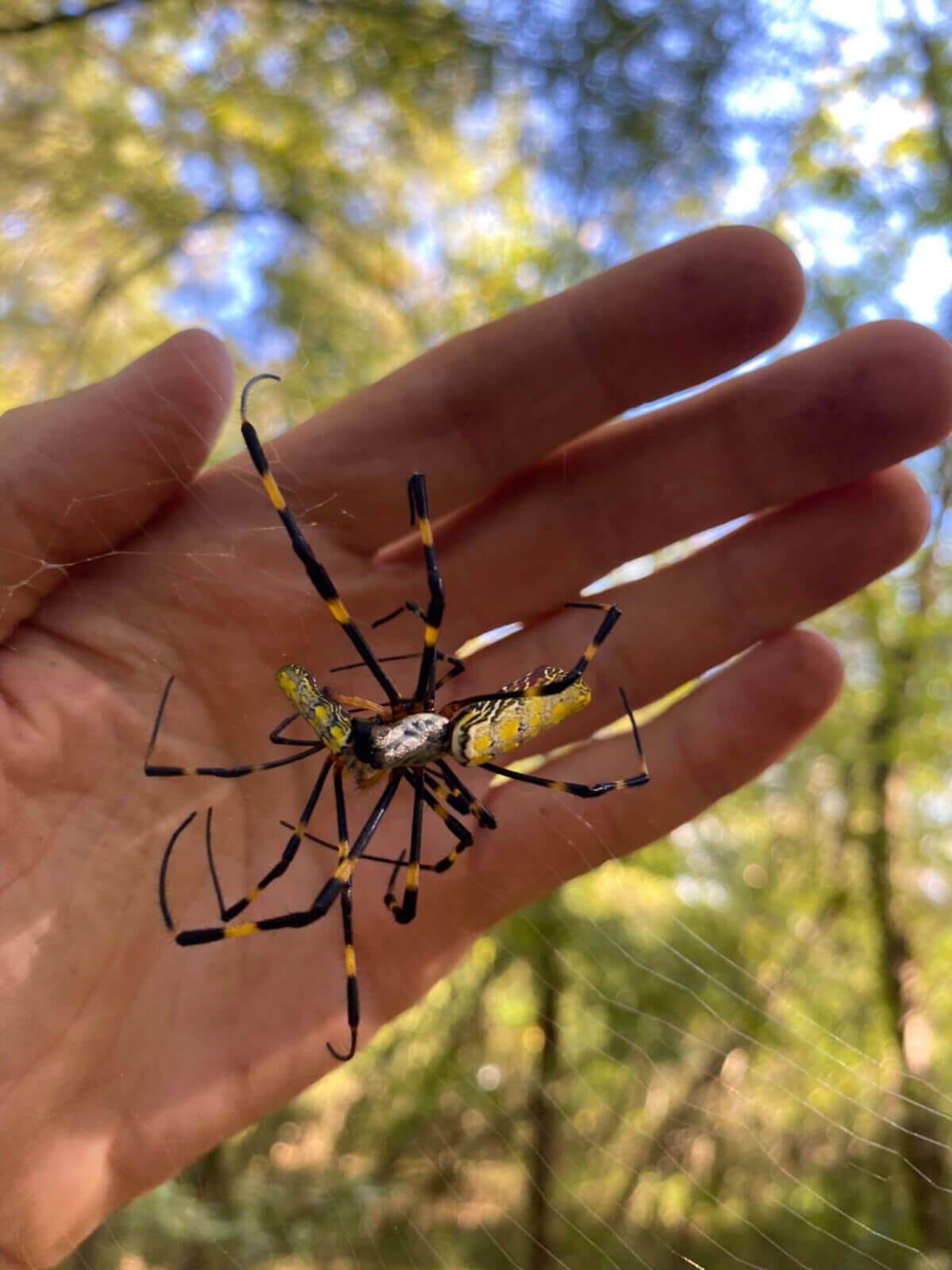
Davis tells me that while it's been well-known that Joros would be making their way up the coast, the reaction by top news sites is overkill.
“There does seem to be some intentional hype and fear-mongering going on, perhaps to sell the stories,” he says. “Whenever I've had interviews about the Joro spiders, I've always cautioned the journalists about doing this.”
Georgia is considered the home state for Joro spiders in the U.S. Arriving there in 2013, the species, dubbed Trichonephila clavata, hitched rides to America in shipping containers from their native lands in Japan, Korea, Taiwan, and China. These orb-weavers love to spin their intricate golden web across power lines on roadways or other tall structures. They possess an unusual tolerance for noise and vibration, which is why experts say urban areas won't deter them.
Davis' research found that Joros are so shy that they stiffen up in fear of predators far longer than other species. Typically, spiders will play dead for about a minute after sensing danger, before getting back to their web-weaving duties. But his team discovered non-aggressive Joros remain still for more than an hour.
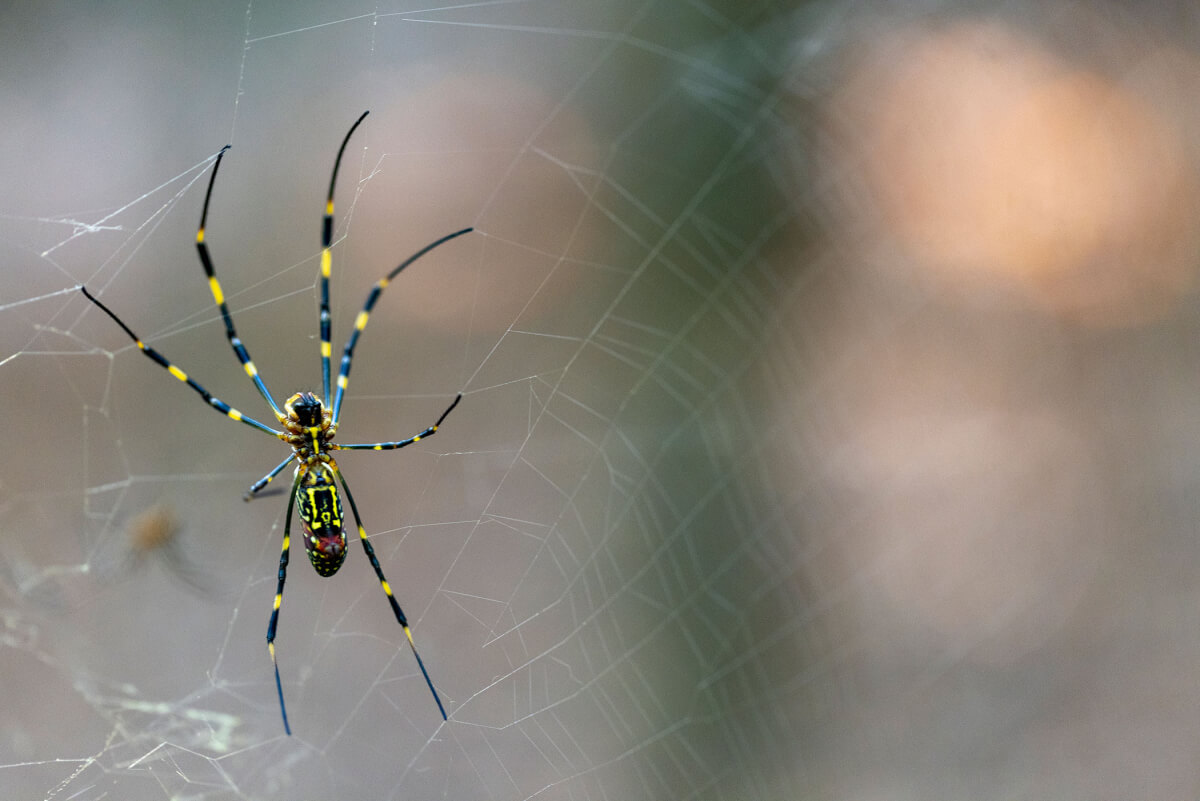
If news outlets wanted to report about the arachnids correctly and serve us all better, they'd instead focus on the fact that Joros really aren't anything to worry about. Readers should be told right away that Joros are harmless to humans and pets. Even if you angered a Joro so much that it tried to bite you (again, this is unlikely), Davis says its small fangs would struggle to pierce skin.
If anything, having more spiders around (and beautiful ones at that) to trap actual pests like mosquitos, house flies, and spotted lanternflies should be viewed as a positive.
“Yes, they are big and scary-looking,” says Davis. “But why does that mean they must be killed? If these were non-native butterflies, no one would be out to kill them. Unfortunately, spiders in general tend to get a bad rap. I guess this is what makes the stories (and the fear-mongering) easy to write.”
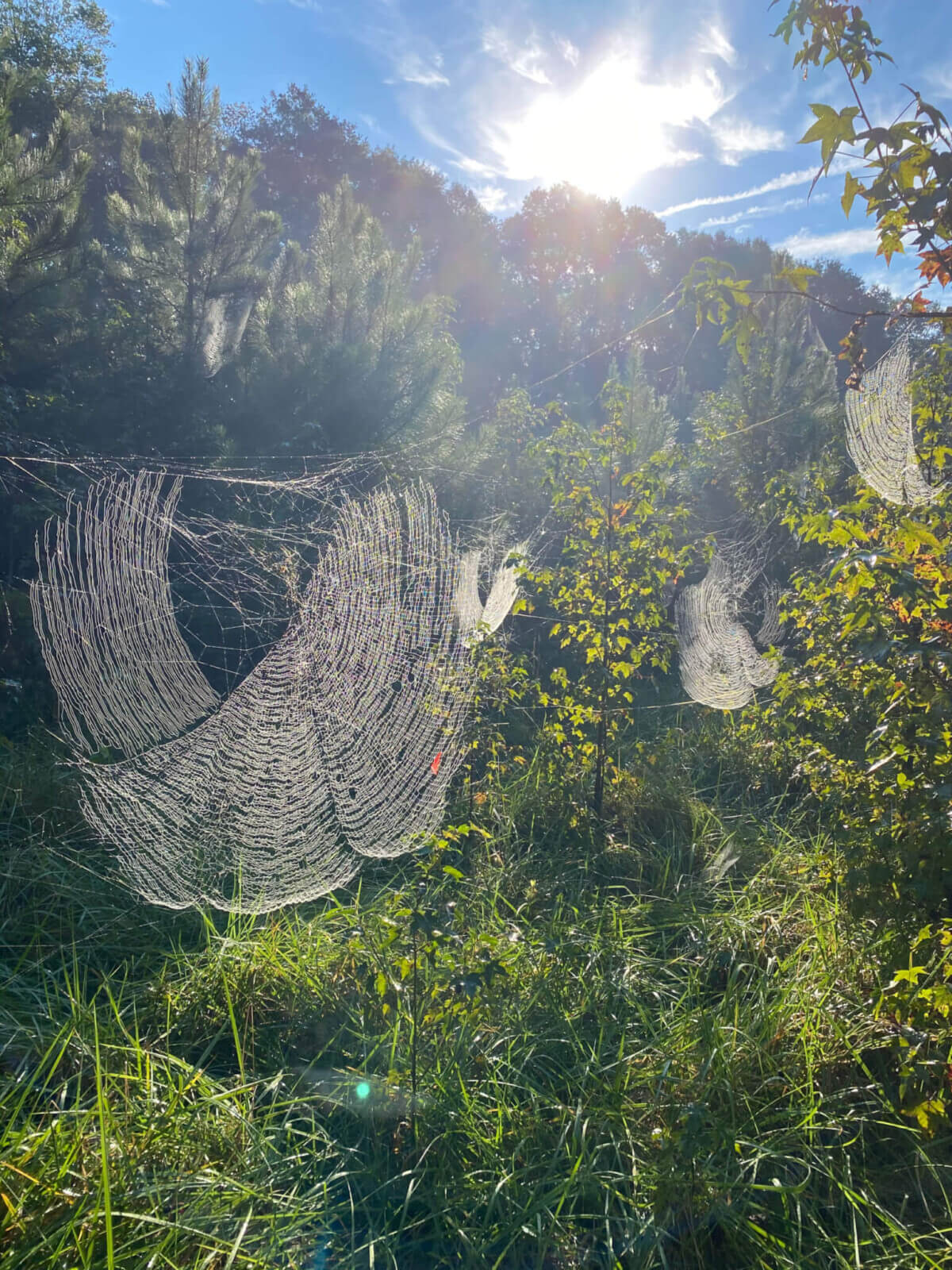
News Sites Are Sheep When It Comes To ‘Trending' Takes
So why are media outlets going wild with this wild take? I worked in and alongside TV station newsrooms for a long time and can tell you that mainstream news sites love to latch onto sensational stories sweeping the country so that they, too, can be like their peers going viral on social media. News sites love “trending” news stories because they'll drive clicks and social media engagement, and they'll keep you watching. I would bet good money on many TV stations using this story as a tease heading into a commercial break.
Even though it's actually more valuable to an outlet's bottom line to start the trending conversation rather than join one already in progress, producers and writers can't help but hop onto a story that's already being published seemingly everywhere else. It's a bad strategy for driving page views, and stories like this demonstrate how reckless it can be, too.
Typically, one outlet will start the trend and draw the attention of a producer somewhere else. This often happens after a story is spotted on social media, where juicy headline virality is especially powerful. In this case, I tracked the first story about Joros coming to the tri-state area to this Gothamist report a few days ago. Gothamist, however, took the correct take and informed readers immediately about their harmless nature without using a sensational headline.
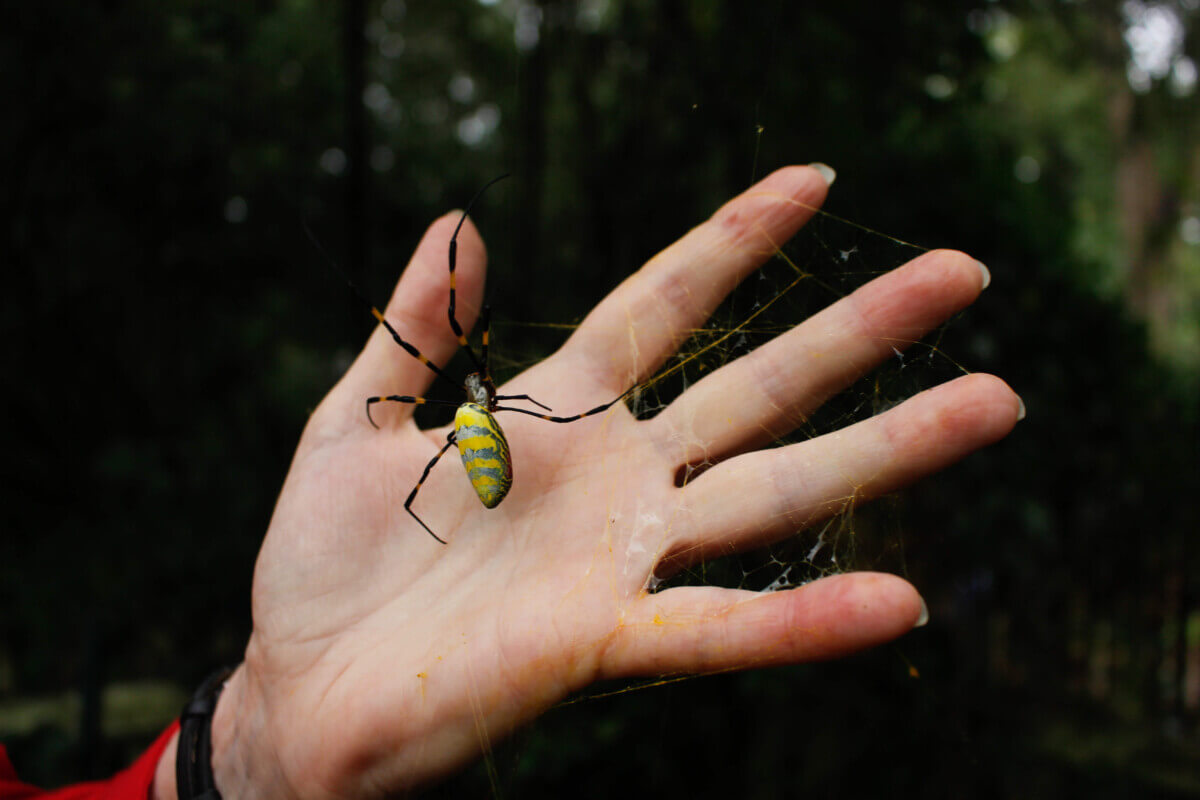
The Daily Mail appears to be the first major outlet after that to dub them “flying venomous spiders” in their headline, though they tell readers not to worry about them in the third paragraph. They certainly didn't coin this headline though: this radio station in Michigan may have been the first in recent weeks to refer to Joros as “venomous flying spiders” in its headline. (They make you scroll to the bottom to let you know not to be afraid.)
Newsrooms should urge their teams first to do the research and educate themselves about what they're writing before hitting “publish.” The impulsive response by producers to grab low-hanging fruit swinging from the trending train needs to stop taking precedence over real journalism.
Just like newsrooms feel the urge to quickly publish silly headlines, Davis says people should resist the urge to stomp on Joro spiders — or really any spider for that matter.
“I've always tried to point out to people that when you see these spiders in your yard, maybe take the time to learn about them, and what they do in their lives, instead of instantly trying to kill them. People need to stop thinking that it's their job to stop them, and kill them,” he says. “You will not stop the spread of joro spiders by killing the ones in your yard, because they will just be back next year, and the year after that, etc. So why not get to know them? Use them to teach your kids about spiders and their role in the environment! That's a hard-sell for journalists, but it is something that we all should be doing!










